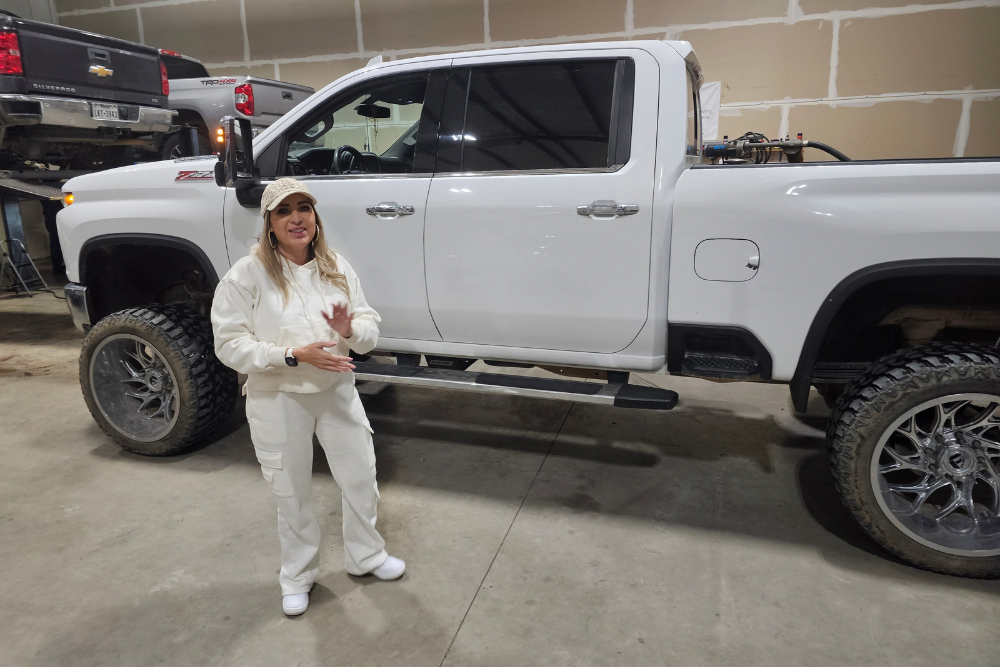
- Give Us A Call (817) 386-7592
- Get Directions
-
Financing Available

If your transmission hesitates when shifting into drive or reverse, that delay is more than frustrating—it’s a red flag. At Top Notch Transmissions in Fort Worth, we help drivers get to the bottom of slow gear engagement before it leads to a bigger, costlier problem.
Your transmission should respond almost instantly when you shift gears. Whether you’re moving from park to drive, drive to reverse, or simply accelerating, your transmission is responsible for engaging the correct gear and delivering power to your wheels. When that engagement is delayed, it can feel like your vehicle is stalling, slipping, or ignoring your command.
This delay—especially when cold or after idling—is a common early warning sign of transmission trouble. The good news? It can often be fixed, especially when caught early. Let’s take a closer look at why it happens and what you should do next.
Delayed engagement happens when there’s a pause between shifting your gear selector and feeling the vehicle move. For example, you shift from park to drive and the engine revs, but your car doesn’t move forward right away. Or you shift into reverse and it takes a few seconds before you feel the transmission “catch.”
This delay can be a few seconds, or much longer in more serious cases. In some vehicles, it only happens occasionally. In others, it becomes a consistent issue. No matter how small the delay may seem, it’s never normal—and it always deserves attention.

Several transmission-related issues can cause delayed engagement. Some are simple fixes, while others may require more significant repair work.
1. Low or Contaminated Transmission Fluid
This is the number one cause of delayed engagement. Your transmission relies on clean, pressurized fluid to engage gears. If the fluid is low, dirty, or burnt, the transmission may struggle to build the pressure needed to shift promptly.
2. Worn Seals or Clutches
Internal seals and clutch packs are vital to maintaining pressure and delivering power. Over time, they can wear out or harden, especially if the vehicle isn’t serviced regularly. This can lead to hesitation when shifting.
3. Torque Converter Problems
The torque converter acts like a bridge between the engine and the transmission. If it’s malfunctioning, the transmission may not receive power consistently, leading to delayed or erratic engagement.
4. Cold Weather or Thick Fluid
In cold temperatures, transmission fluid can thicken, especially if it hasn’t been changed in a while. This can delay gear engagement until the fluid warms up and flows properly.
5. Valve Body Issues
The valve body directs fluid to various parts of the transmission. If it’s clogged or failing, it can restrict fluid flow, causing sluggish response when shifting.
6. Faulty Transmission Control Module (TCM)
In modern vehicles, the TCM manages gear changes electronically. If it fails or receives incorrect signals from sensors, your transmission may hesitate or fail to engage altogether.
In addition to delayed engagement, you may notice other symptoms that signal transmission trouble:
These symptoms indicate your transmission is under stress—and waiting too long could turn a minor repair into a full rebuild.
If your transmission is slow to respond, here’s what you should do:
A transmission that delays engagement today may stop engaging altogether tomorrow. That kind of failure can leave you stranded or facing a high-cost rebuild.
Catching the issue early, especially if it’s just a fluid service or seal replacement, can save you thousands in repair costs. At Top Notch Transmissions, we specialize in diagnosing the root cause of shifting issues quickly and accurately, so we can get you back on the road—safely and confidently.
If your transmission is taking too long to engage, don’t wait. Call Top Notch Transmissions in Fort Worth today to schedule a professional inspection and give your vehicle the expert care it deserves.
